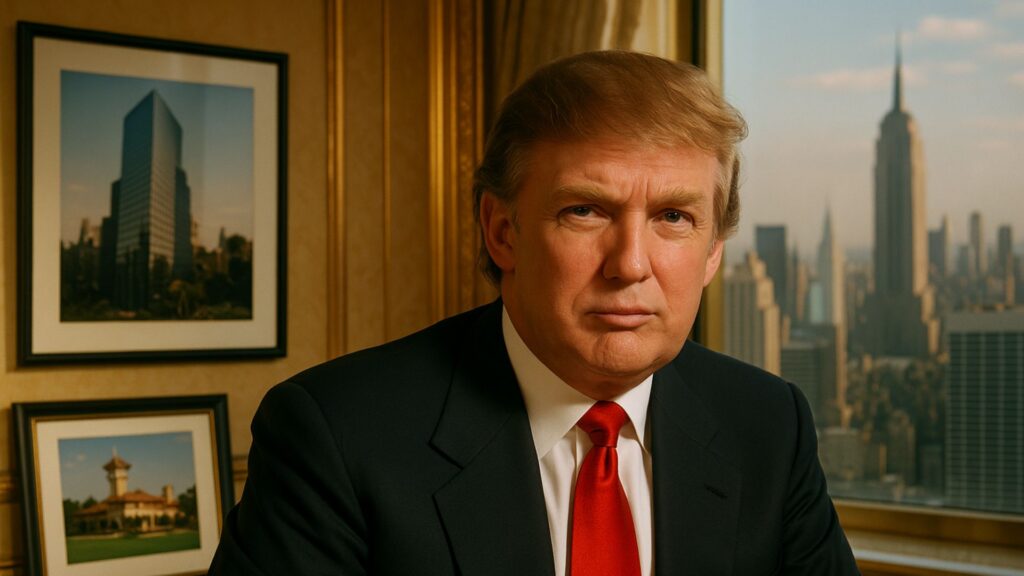 In 1999, Donald Trump, long before his rise to the presidency, floated an idea that now seems almost unfathomable given his political trajectory—a one-time, 14.25% wealth tax on individuals and trusts worth more than $10 million. The proposal, part of his flirtation with running for president under the Reform Party banner, was intended to wipe out the national debt in one bold swoop.
In 1999, Donald Trump, long before his rise to the presidency, floated an idea that now seems almost unfathomable given his political trajectory—a one-time, 14.25% wealth tax on individuals and trusts worth more than $10 million. The proposal, part of his flirtation with running for president under the Reform Party banner, was intended to wipe out the national debt in one bold swoop.
Trump’s rationale was simple, if not audacious. He argued that the wealthiest Americans, many of whom he undoubtedly rubbed shoulders with, could afford this one-time hit, and the country as a whole would benefit enormously. By his calculations, the tax would generate around $5.7 trillion—more than enough to eliminate the national debt at the time. Trump pitched it as a patriotic gesture, one where the nation’s billionaires and millionaires would step up for the greater good.
The plan was sweeping, populist, and completely at odds with the tax policies he would later champion. As president, Trump’s administration passed one of the most significant tax overhauls in decades—the Tax Cuts and Jobs Act of 2017. But instead of billionaires footing the bill, the legislation slashed corporate taxes from 35% to 21%, extended generous breaks for high-income earners, and ballooned the deficit by nearly $2 trillion.
It’s a curious pivot. In 1999, Trump framed himself as a man who would make the wealthy pay their fair share. His 2017 policy, however, did the opposite—creating a windfall for corporations and the super-rich while leaving the middle class with crumbs and a ticking debt time bomb. It’s the kind of ideological about-face that would make any seasoned politician blush, yet it was met with typical Trumpian bravado and a shrug.
Why isn’t this 1999 proposal discussed more often? Perhaps because it exposes a fundamental contradiction in Trump’s political evolution. His Reform Party pitch was bold populism—an economic hail Mary that sought to redistribute wealth in a way that even Bernie Sanders might nod at approvingly. But the Trump who campaigned in 2016 and governed for four years was a different beast: one that slashed taxes for the rich, deregulated at will, and bolstered the financial elite.
Was Trump’s 1999 wealth tax proposal just another marketing ploy? An empty promise to garner headlines and flirt with a third-party run? Or was it a glimpse into a version of Trump that never materialized—a populist billionaire willing to cut down his own to settle America’s debts?
Regardless of its intent, the 1999 proposal is a stark reminder that political ideologies, especially in Trump’s case, are often as malleable as the talking points of the day. And for those paying attention, it’s a testament to the sheer elasticity of political rhetoric when ambition outpaces principle.
Trump’s one-time wealth tax proposal is buried under the avalanche of contradictions that followed. It’s almost a relic of an alternate universe—a time when Trump, of all people, proposed to make the rich pay. The question isn’t just why he floated the idea, but why he buried it when he had the power to act on it.

